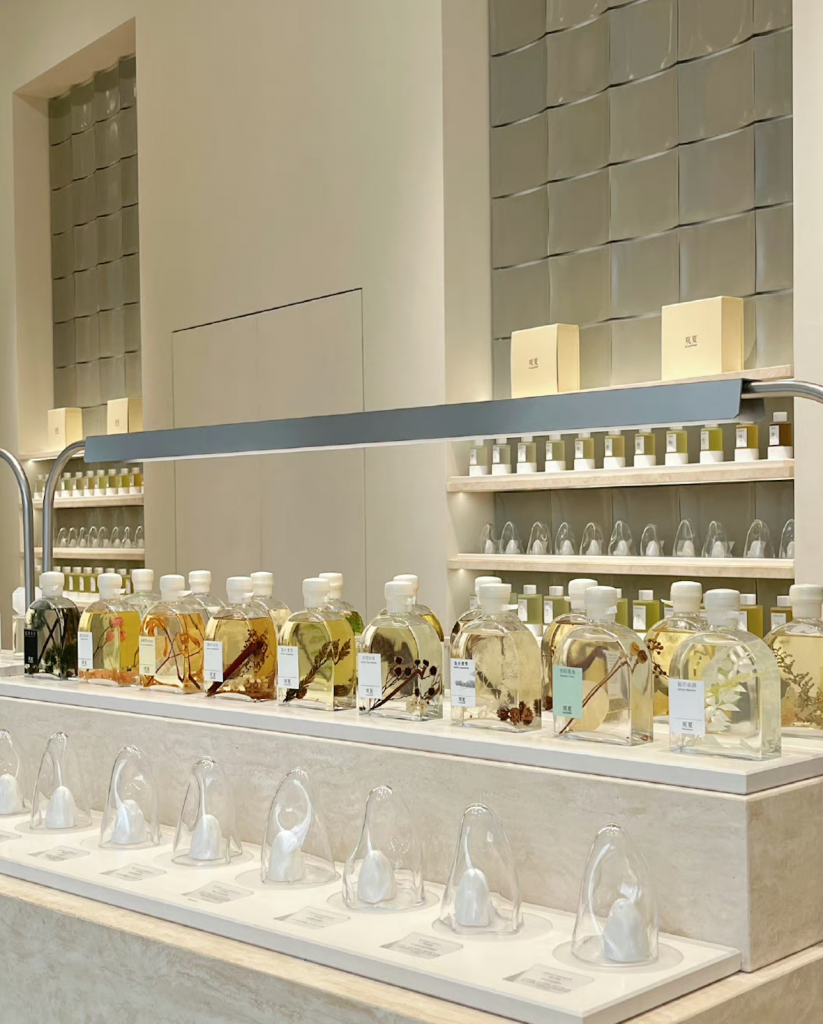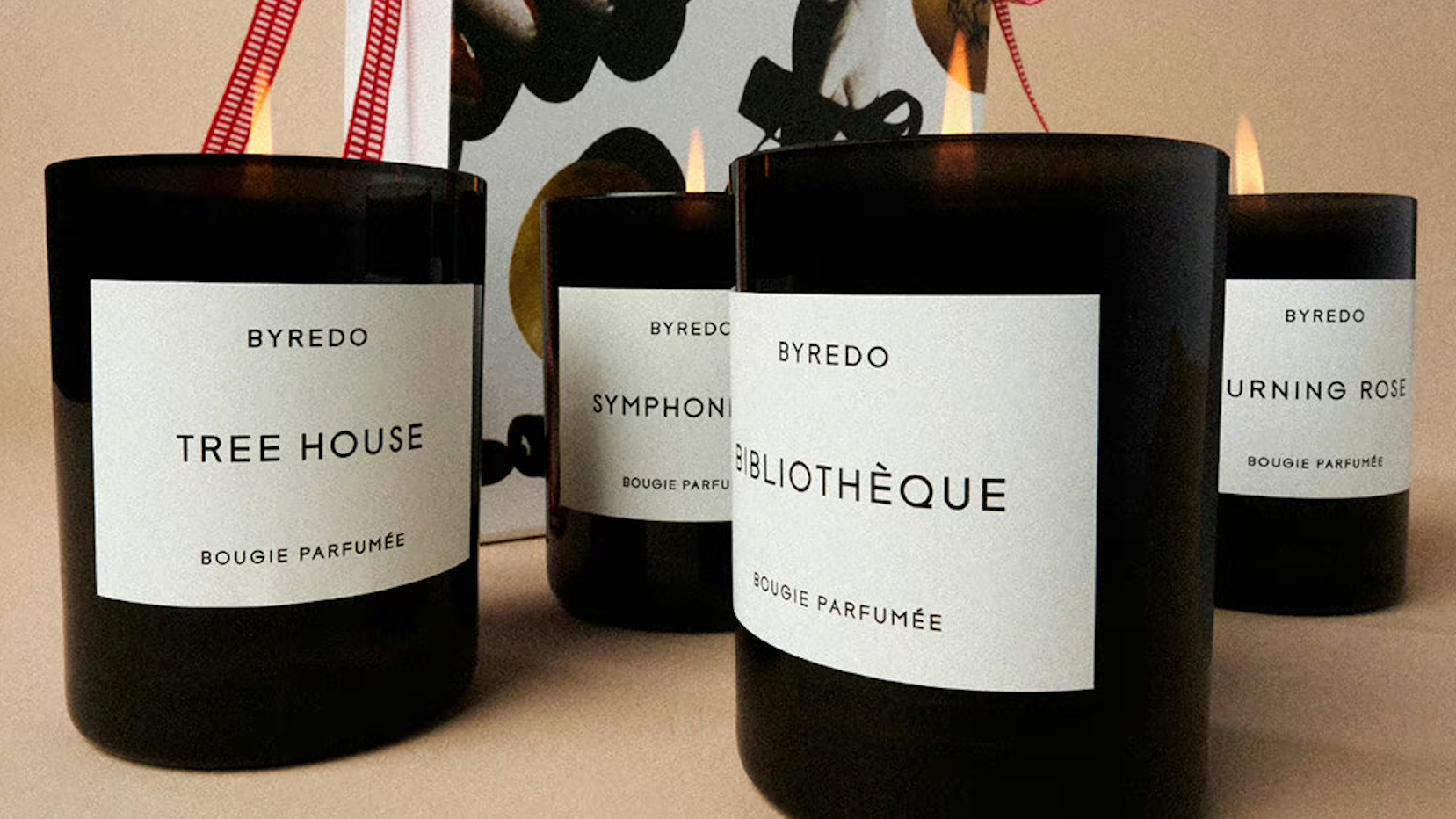What happened
Spanish beauty and fashion giant Puig has released its financial results for 2022, reporting an impressive $4 billion in net revenue, up 40 percent from 2021. Geographically, EMEA was the best-performing region, generating 54 percent of net revenue, while the US contributed 36 percent, and Asia made up 10 percent.
The Chinese market, in particular, is sending positive signals. Despite the zero-Covid-19 measures in place during the reporting period, the company still achieved 36 percent revenue growth during the year. Notably, China’s luxury market contracted 10 percent in 2022.
Fragrance and fashion were the top performing categories for Puig in 2022 – together the two made up 74 percent of its net revenue. The division’s sales growth was also spurred by the addition of new brands, such as Swedish luxury scent label Byredo.

Puig is the world’s fifth largest fragrance-maker. “In the niche category, our intention is to reach 20 percent market share, because that’s a growing territory,” says Marc Puig, chairman and chief executive officer of Puig.
The Jing Take
According to a BCG report, only 5 percent of the Chinese population wears fragrance. The room for growth is huge. Kantar reports that from 2015 through 2020, the Chinese fragrance market maintained an annual compound growth rate of nearly 15 percent. Over the next five years, the market is expected to expand 22 percent annually, three times the rate of global fragrance market growth.
Puig is seeking to expand in China. In 2022, the Spanish beauty group opened direct sales points for its niche perfume portfolio comprising Penhaligon’s and L’Artisan Parfumeur in China.

Earlier this year, Puig teamed up with Tmall to launch the Scent Visualizer, an innovative technology developed by the beauty conglomerate to educate consumers about the smells of perfumes. The tool allows users to visualize in pictures the olfactive ingredients in a perfume, thanks to its visual library of more than 1,400 unique ingredients and database of 21,500 fragrances.
The pilot project produced promising results. Thanks to the visual representation of each perfume, consumers accelerated their purchase decisions. As a result, the brands’ online GMV increased by 5 percent on average.
However, international brands face increasing competition from indigenous players, like To Summer, Scent Library and Documents, which are catching up fast thanks to their focus on Asian olfactory experiences. According to iiMedia research, 74.7 percent of perfume buyers expressed a preference for homegrown brands in 2021.

Hence, global names should accelerate initiatives to educate consumers on their scents and create tailored perfumes that cater to this rising cohort of fragrance shoppers.
The Jing Take reports on a piece of the leading news and presents our editorial team’s analysis of the key implications for the luxury industry. In the recurring column, we analyze everything from product drops and mergers to heated debate sprouting on Chinese social media.

